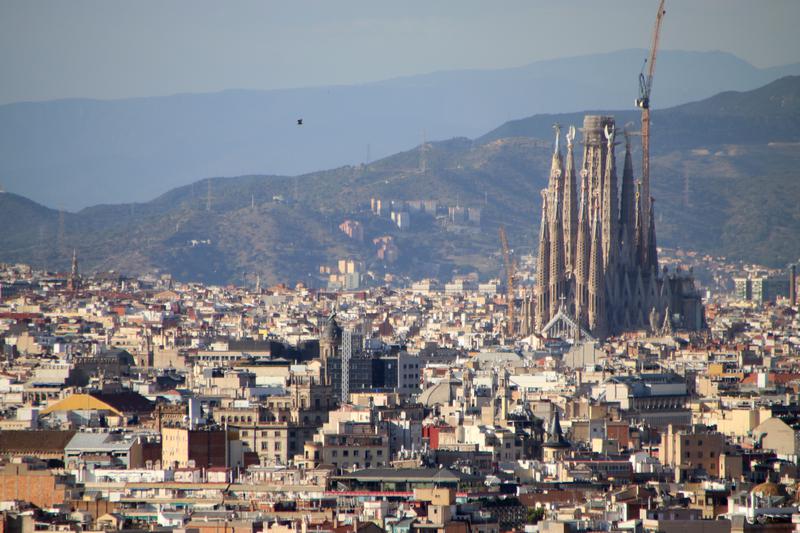Barcelona records lowest nitrogen dioxide levels in 25 years
Pollution levels similar to during Covid-19 pandemic, but still above World Health Organization limits

Barcelona's air quality improved significantly in 2023, reaching the lowest levels of nitrogen dioxide since records began 25 years ago.
The reduction in levels of nitrogen dioxide, a traffic-related air pollutant, is largely due to the implementation of Low Emission Zones (known by its acronym in Catalan, ZBE.)
Since the introduction of the ZBE in 2020, last year was the first year that there were more cars with the ECO label in the city than those with the B (yellow) label, meaning cars polluting less.
Deputy mayor Laia Bonet said the improvement was due to "policies and positive decisions" and pointed to the ZBEs as "key".
Other measures that have contributed to this achievement include decarbonizing public transportation, pedestrianizing streets, promoting bicycle use, and reducing car speeds, she said.
Pollution levels in Barcelona are now close to those seen in 2020 and 2021, during the height of the Covid-19 pandemic, but now, the city is back to full activity.
In 2023, levels of nitrogen dioxide and particulate matter PM10 and PM2.5 were all below the legal limits set by the European Union.
However, pollution levels still exceed the limits set by the World Health Organization (WHO) and the European targets for 2030.
Impact on health
Health councilor Marta Villanueva said improving air quality has a "direct impact" on health.
"Chronic exposure to air pollution affects the incidence of serious diseases," she said.
Over the past three years, pollution-related deaths have fallen by 600, while new cases of childhood asthma and lung cancer have dropped by 15% and 5%, respectively.
According to the report, the health impacts attributable to pollution from 2020 to 2023 are 32% lower than the estimates for 2018 to 2019.
However, despite this improvement, the negative health impacts remain significant, with around 8% of deaths, 36% of childhood asthma cases and 12% of new lung cancer cases attributed to pollution each year.
Barcelona's Low Emission Zones
Barcelona introduced a Low Emission Zone in 2020, affecting petrol cars registered before 2000, diesel cars registered before 2006, vans registered before October 1, 1994, and motorcycles and mopeds registered before 2003.
The LEZ covers an area of 95 square kilometers and includes most of the cities and towns in the metropolitan area, such as Sant Adrià de Besòs, Hospitalet de Llobregat, Esplugues de Llobregat and Cornellà de Llobregat. Some areas are excluded, including the main ring roads of the city.
Nevertheless, the law has faced several challenges in the courts, not only in Barcelona, but also in other municipalities in the metropolitan area.
Last week, the government passed the new law regulating the ZBEs, which should fully protect it.